African daisies, also known as cape marigold, are annual flowering plants native to the arid regions of southern Africa. They are grown most commonly as ornamental garden plants and produce numerous showy, colorful blooms in early summer through fall. The large flowers close at night and during bad weather but shine in full sun. Flower colors include white, yellow, orange, red, pink and violet.
The African daisy is very easy to grow and requires very little maintenance after planting. Unlike most Osteospermum varieties that close at night, '4D Pink' sumptuous blossoms remain open day and night. In cool summer climates, these beautiful flowers will produce a long-lasting display from spring to frost. Unlike most Osteospermum varieties that close at night, '4D Violet Ice' sumptuous blossoms remain open day and night. Unlike most Osteospermum varieties that close at night, '4D Sunburst' sumptuous blossoms remain open day and night. Osteospermum () also known as Veldt Daisies, African daisy or Cape Daisy is a bushy evergreen perennial.
It is part of the Asteraceae family and is native to South Africa. It is a low growing spreading shrub that forms a mounding habit. Osteospermum has irregular toothed green foliage and daisy-like flowers.
The flowering period begins usually in early Spring and will go until Autumn if some pruning and fertilising occurs and the weather doesn't get too hot during Summer. These flowers come in a huge assortment of colours and flower styles. The most common colours are shades of pink, purples, yellows, creams, and oranges. Most flowers have a deep violet center however newer hybrids now come with a deep yellow center. Osteospermum prefer a full sun position in the garden and although not picky on the soil type they do require free draining soil. Once established these plants are drought tolerant and very tough and will tolerate dry soils.
Noted for their colorful blooms and long-lasting season, Osteospermum can be annuals, tender perennials or sub-shrubs. They produce daisy flowers in an amazing array of bright colors, and in such great quantities, that they literally cover the evergreen foliage. When the blossoms partially close, both colors are visible, creating a pretty display. Osteospermum 'Orange Symphony' is a trailing, evergreen, tender perennial with a profusion of bright tangerine-orange daisy flowers adorned with a deep purple eye. The disc florets are pseudo-bisexual and come in several colors such as blue, yellow and purple.
The hardy types usually show a dark blue center in the disc until the yellow pollen is shed. The ray florets are female and are found diverse colors such as white, cream, pink, purple, mauve to yellow. Some cultivars have "spooned" petals such as "Pink Whirls". Many species flower a second time late summer, stimulated by the cooler night temperatures. Hardy types show profuse flowering in the spring, but they do not get a second flush of flowers.
Osteospermum 'Soprano White' is a bushy, evergreen, tender perennial with a profusion of brilliant white daisy flowers adorned with bright sapphire blue eyes. Osteospermum 'Lemon Symphony' is a trailing, evergreen, tender perennial with a profusion of soft lemon-yellow daisy flowers adorned with a deep purple eye. The darker-toned vertical quills hold nectar popular with bees and butterflies. And unlike regular "African Daisies", this long blooming perennial's 3" flowers are open for business 24 hours a day! Flowers arrive in late Winter and bloom continuously until the hot weather arrives. Lanceolate dark green leaves to 2" flush out on 12-20" tall plants.
Plants are drought tolerant once established and will spread. Likes fertile well-drained soil, though it can tough out less friendly conditions. No prizes for guessing where this exotic beauty is from. But in Sydney, African daisies have proven to be just as tough and easy to grow as they are in their homeland. Come winter, they reveal a showy, generous mass of flowers that close in low light.
Petals come in a range of shades, from white, creamy yellow and orange, to bold pink, purple and red. If you can't decide on one colour, the 'Passion Mix' variety features pink, mauve and white in one plant. African daisy stems and leaves are coated in matted, downy hairs, giving them silvery-green colour. Low and fast-growing, the African daisy makes great ground cover and looks equally great in a pot. Unlike most Osteospermum varieties that close at night, '4D Berry White' sumptuous blossoms remain open day and night.
Osteospermum 'Soprano Purple' is a bushy, evergreen, tender perennial with a profusion of rich lavender-purple daisy flowers adorned with sapphire blue eyes. Osteospermum 'Soprano Light Purple' is a bushy, evergreen, tender perennial with a profusion of soft lavender-purple daisy flowers adorned with sapphire blue eyes. African Daisy - African Daisy is also known as the Cape Marigold. It is easily grown from flower seeds, and it is one of the most colorful flowers for a beautiful garden.
The plant is excellent for naturalized areas and as ground cover for large areas, for parking strips, borders, large pots and tubs. The flowers are 1-1/2 inch wide flowers, which close at night, in the shade, and during cloud cover. The flower colors are available in shades of white, orange, yellow and salmon. Unlike most Osteospermum varieties that close at night, '4D Silver' sumptuous blossoms remain open day and night. Angelonia is also called summer snapdragon, and once you get a good look at it, you'll know why. It has flower spires that reach a foot or two high, but they're studded with fascinating snapdragon-like flowers with beautiful colorations in purple, white, or pink.
It's the perfect plant for adding bright color to hot, sunny spaces, where it will bloom all summer long. While all varieties are beautiful, keep an eye out for the sweetly scented selections. While most gardeners treat angelonia as an annual, it is perennial in Zones 9-10. Or, if you have a bright, sunny spot indoors, you can keep it flowering all winter. Daisy-like flowers 2 inches across, come in single, bi- or multicolors in shades of white, yellow, orange, red, coral, pink, blue, lavender, and purple.
Oval or lance-shaped leaves are green or gray-green with smooth or toothed margins. Flowers close at night or on dark overcast days, though there are newer cultivars that remain open. The lemon symphony variety has bright yellow flower petals that surround a deep purple center, adding to the contrast effect of these flowers. This is a common choice for container gardening and for bouquets and is generally paired with flowers that are purple in color.
Native to Africa, Zones 9a through 11b, it is a tender perennial in hot climates. In Zones 3-9 it is grown as an annual and here it shines the best due to its preference for cool summer climates where it will bloom all season long into the fall. In hot climates it will close up shop mid to late summer when the heat is on, and start flowering again when the temperatures cool. Known botanically as Osteospermum, African daisies are outstanding flowering plants. These plants are from South Africa and are relatively new to many home gardeners. African daisies have the familiar center disk of the daisy family, but theirs are dark metallic.
The brightly colored petals come in various shades of white, pink, yellow, blue and purple. Evergreen perennial with dozens of daises that bloom in spring, summer and fall. A cheerful variety that will produce an abundance of daisy-shaped blooms from June-October. Often referred to as the African Daisy, they will work great in borders, patio pots and containers. The masses of yellow blooms sit atop sturdy stems with lush dark green foliage. We recommend that they are protected in the winter from the cold and frost to enable them to provide years of enjoyment.
Few gardens should be without the easy charm of snapdragons. They get their name from the fact that you can gently squeeze the sides of the intricately shaped flower and see the jaws of a dragon head snap closed. The blooms come in gorgeous colors, including some with color variations on each flower.
Gather a dozen or more in a small vase and you'll have one of the prettiest bouquets around. Plant snapdragon in early spring, a few weeks before your region's last frost date. Deadhead regularly for best bloom and fertilize regularly.
Snapdragons often self-seed in the landscape if not deadheaded, so they come back year after year, though the colors from hybrid plants will often end up muddy-looking. In mild regions, the entire plant may overwinter if covered with mulch. Are you thinking about adding daisies to your garden this spring?
If so, you're in luck as daisies are some of the easiest flowers to grow. Commonly grown from seeds, daisies can be planted directly into your flowerbeds. Besides ample sunlight and a well-draining soil, daisies don't need much to thrive, making them one of the best low-maintenance flowers.
Daisies love the sun, making them one of the best full-sun flowers and aren't usually bothered by insects or disease. For best results, plant yours in a nutrient-rich, well-draining soil with seeds about 9 to 12 inches apart. The African daisy plant is exceptional for hot, sun-drenched landscapes.
Sow seeds directly outdoors in early spring after frost season is completely over. The plants are frost tender and should be protected from frost and cold winds. Most varieties are best treated as annuals or alternatively grown in pots and containers, which can be moved indoors in the autumn. However, there are few strains that are reasonably hardy in the UK such as O.
Jucundum - a low-growing species that provides good ground cover. The blooms all consist of a ring of showy outer petals in bright colors and a compact "eye" in the center. The eye of the bloom can be several different colors, typically brown, gold, pink, or green.
While the majority of the flowers come in solid colors, some fade into another color toward the center of the bloom for an almost tie-dye effect. With so many colors to choose from, there's no reason not to try out an African daisy. Some of the most popular varieties today include full-faced gerbera daisies, brightly colored African daisies, and pom pom-like chrysanthemum daisies. Bought one of these over Memorial Day weekend 2017, when 1 flower was in early bloom stage.
1 week later and now there are 5 fully blooming, ultra yellow daisies and 3 more buds on deck. The color is an intense true yellow, almost identical to the Carpet Gold Bidens offered by PW. Flowers fold the tent at dusk but report for duty next morning, sunny or not. 100% an upright plant that is already about 8 inches tall in 10 inch pot mated with Evening Star callie. Blooms tower far above the plant itself but so far has held up well to a couple days of MPH winds. Way too early to know how she will perform in the July/August months but so far a great start.
Recommend now if a bright, vibrant yellow flower is on your wish list. African daisies (Osteospermum spp.) look a lot like common daisies, with petals radiating around a center disk. They are even in the Asteraceae family, along with shasta daisies and zinnias. But their vivid coloring is not at all like the classic daisy. In fact, when African daisies were first introduced to the market, some people thought they must have been dyed. The center disks of the flowers even can look like they're colored with metallic paint.
The leaves vary by variety; they can be lance-like or broadly ovate and smooth, toothed, or lobed. Petals can be smooth and flat like a typical daisy, or they can radiate out in a tubular spoon shape. These flowers are best planted in the spring after the threat of frost has passed, and they have a fairly quick growth rate, blooming about two months after planting. With lobed, hairy leaves, Arctotis are best identified by flowers that have a contrasting ring of color around the eye. They may be in a variety of colors from magenta, pink, purple, yellow, to cream and white. Many nurseries carry hybrid transplants which may be either annuals or perennials.
Most Osteospermum available are hybridised to better suit our conditions, as such some might be infertile and will not grow from saved seed. The best bet is to take advice regarding which cultivar will be best for your garden. As mentioned, plant Osteospermum in well-drained soil as soon as spring brings favourable conditions. Osteospermum are fairly hardy but will require initial care to ensure the soil remains moist. With seed, simply press into the soil and monitor throughout the germination period. With cultivars, dig a planting hole and allow 2.5-5cm of the stems to lie below the surface.
After this is done, fill in the hole with a mix of excavated soil and organic matter and water in well. A fairly infrequently used annual, African daisy is a tough plant native to South Africa. These plants have beautiful silvery gray foliage that perfectly sets off the beautiful flowers. The blooms of this plant come in an array of colors that can put on quite the show for an extended period of time in mild climates.
If you live in USDA plant hardiness zone 9 or above, perennial African daisies benefit from annual pruning. Cut the plant to the ground in late fall or early spring. Either time is acceptable, but if you are set on a tidy garden going into winter, you may want to prune in autumn. Bright Lights Yellow African Daisy is the perfect sun loving annual for cool summer regions. There are also six more colors in the Bright Lights collection of African Daisies and they pair beautifully together.
With large pink, orange, red, or yellow petals, the African daisy is a great perennial ground cover option that enjoys lots of sunlight and doesn't require much water. Tiny common daisy flower with beautiful petals in purple white. Genus Bellis perennis.Tiny common daisy flower with beautiful petals in purple white. African daisies work equally well in the ground or in containers. Blooms peak in late spring to early summer and again in late summer to early fall. Because African daisies stop blooming during hot spells, they are best grown in combination with other plants that will have visual interest in the peak of summer.



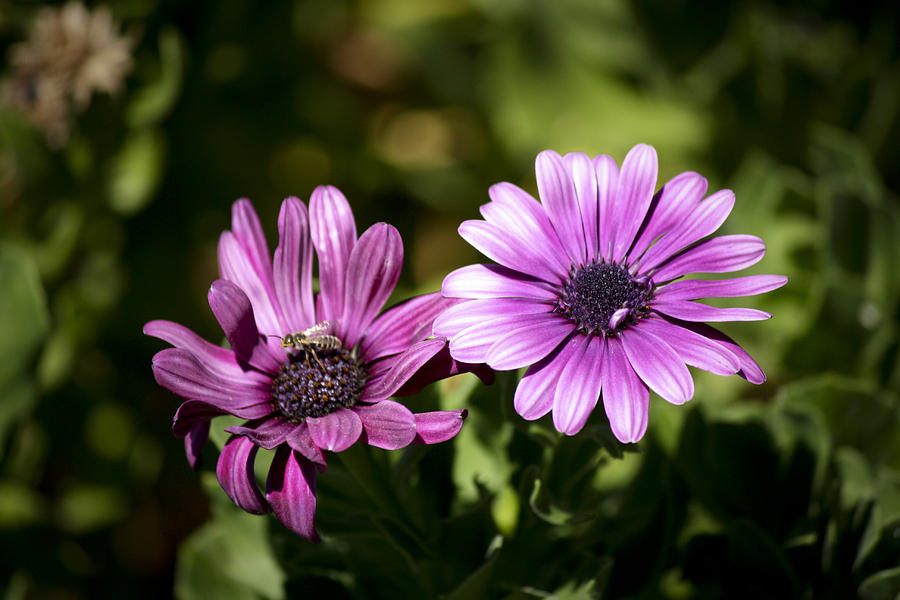





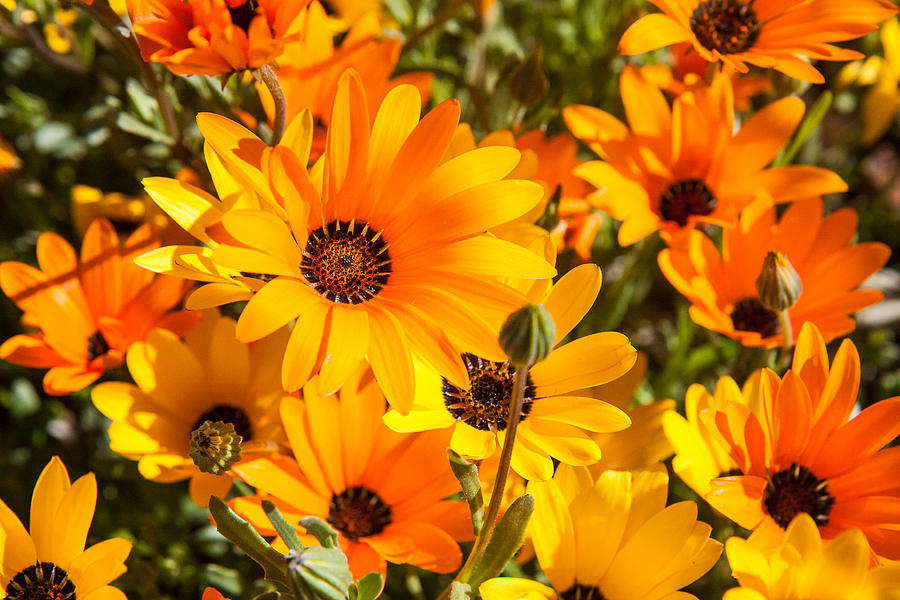
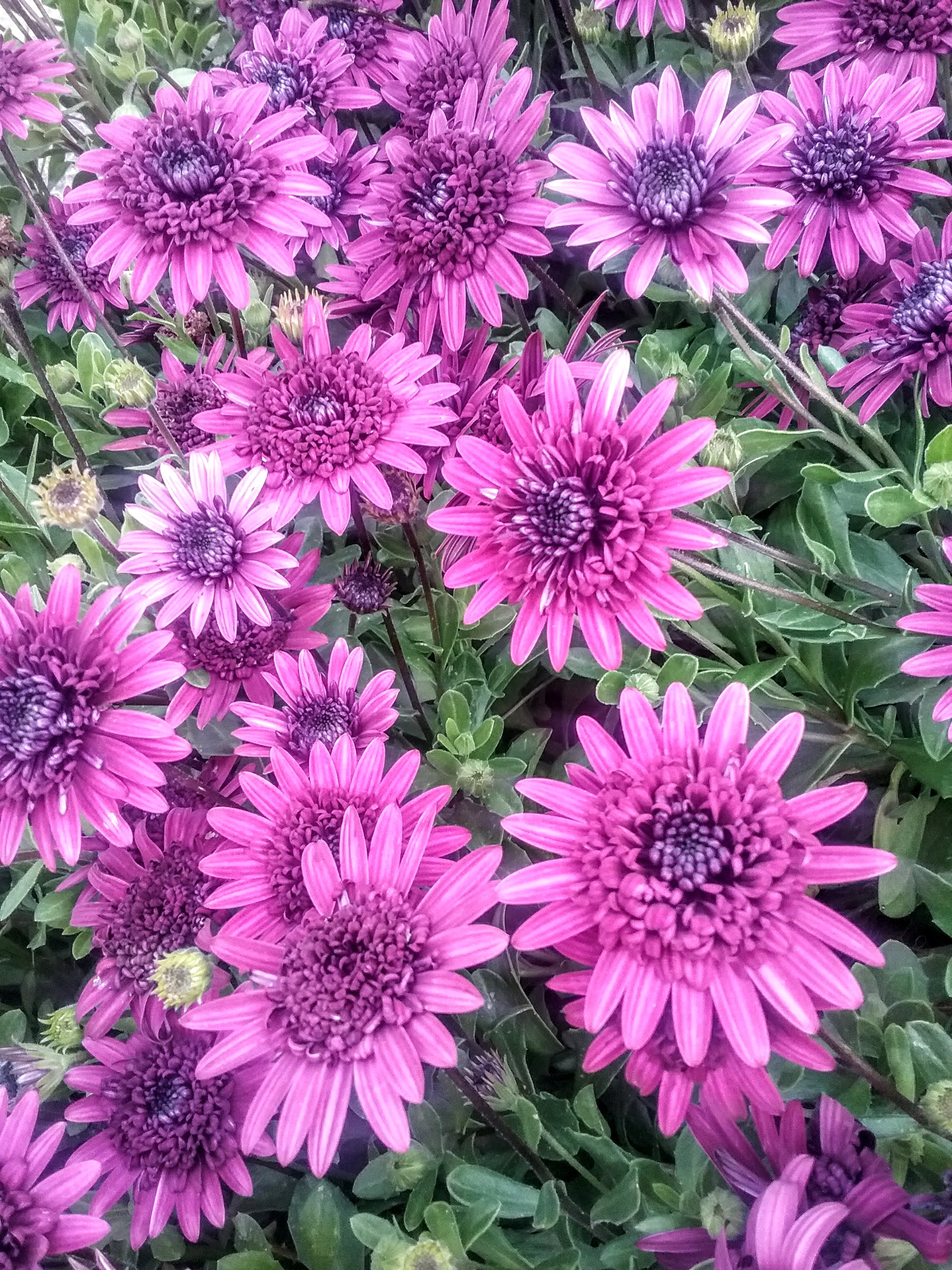





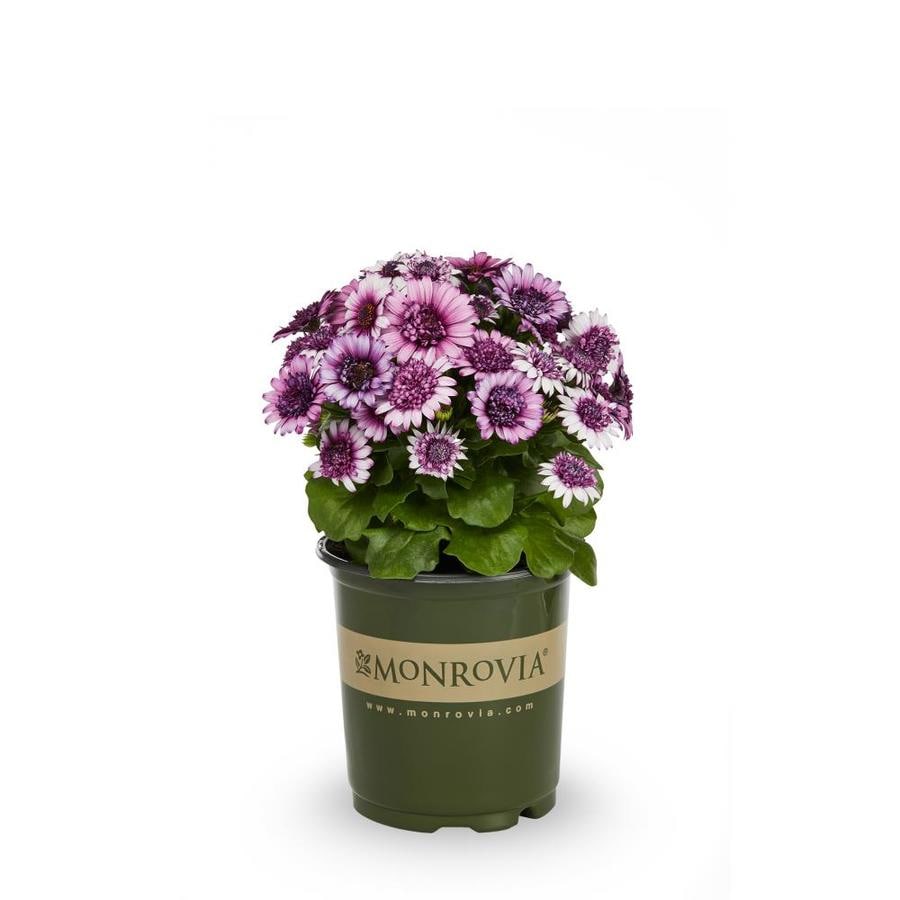

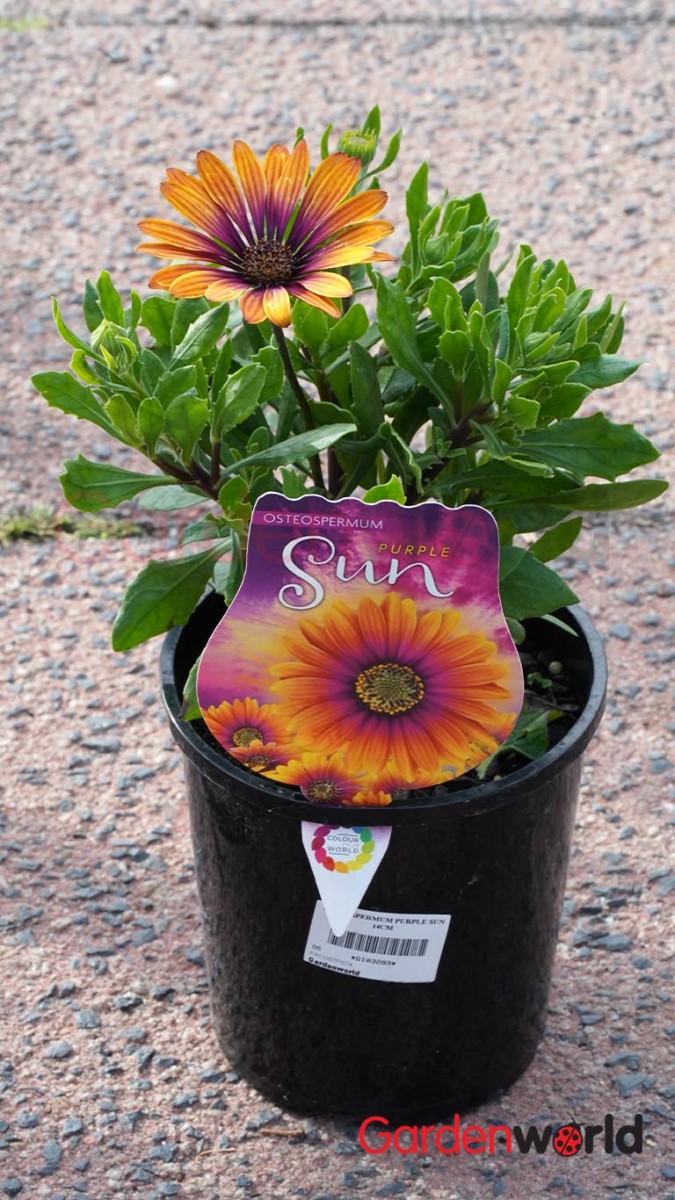


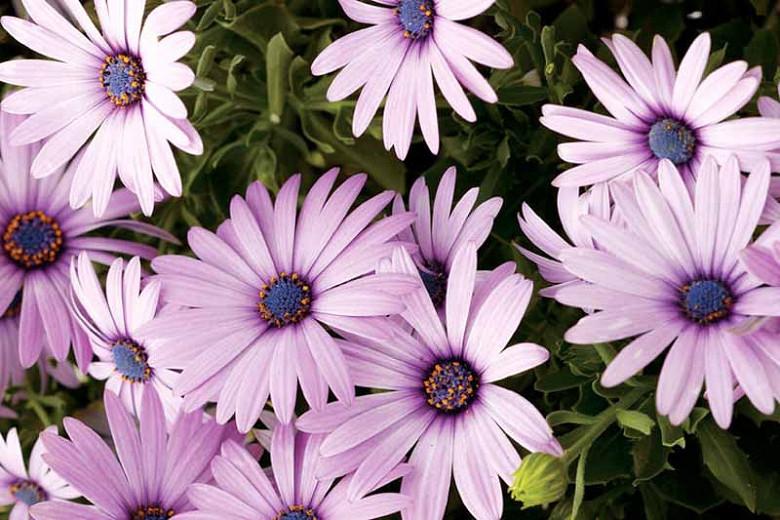



No comments:
Post a Comment
Note: Only a member of this blog may post a comment.